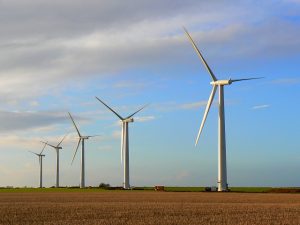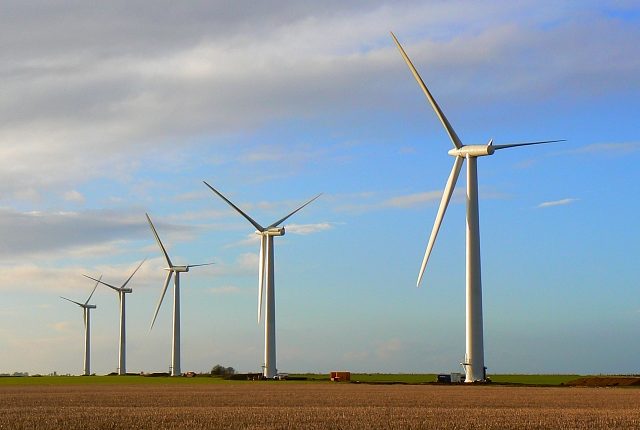 I was listening to a story on the radio this morning about the investments in green energy Congress recently passed. I was really impressed with the ingenuity many entrepreneurs applied to the challenge of generating energy more efficiently – such as turning used cooking oil into diesel and creating electricity from naturally occurring underground hot water.
I was listening to a story on the radio this morning about the investments in green energy Congress recently passed. I was really impressed with the ingenuity many entrepreneurs applied to the challenge of generating energy more efficiently – such as turning used cooking oil into diesel and creating electricity from naturally occurring underground hot water.
Well, marketing has a similar way to improve efficiency – conversion optimization.
Conversion optimization is essentially the science of doing marketing better. The result is better ROI on the money you’re already spending.
Step #1: Identify leaks in your funnel
You’re likely spending quite a bit of money – whether through print advertising, content marketing, or one of many other marketing tactics – driving traffic to points of conversion. These points of conversion are often on a landing page, sometimes with a multi-step process to gain that conversion (whether it be a product sale, lead capture or donation to a nonprofit organization).
To get more efficient use out of that investment you’re making driving customers through your funnel, you want to find which points in your funnel are causing potential customers to essentially say “no” and remove themselves from your conversion path.
In “The Compounding ROI of Sequential Conversion Increases” Web clinic replay, Flint McGlaughlin, Managing Director, MECLABS, discusses how to view your metrics as a tool to detect hidden leaks in your conversion path.
Step #2: Create a hypothesis
Once you’ve found where prospects are leaving your funnel, the next question is … why?
Creating a hypothesis is your way of attempting to address this reason. For example, your hypothesis might be something like …
“Prospects do not click through our emails because the copy is too long.”
Or …
“Prospects do not buy our pet food because shipping is not displayed on the landing page.”
Or …
“Prospects do not donate to our nonprofit because they are unsure how the money is spent.”
I think you get the idea. For more information on crafting hypotheses, you can read this blog post by Jon Powell – “A/B Testing: Learn about testing hypotheses from a 200% increase in chocolate consumption.”
Step #3: Test that hypothesis
A/B testing, or split testing, is where you put your hypothesis into action, by, for example, splitting your email list, sending half of the list a long email and half of the list a short email, and then looking at the results.
Or…
Adding shipping information to your e-commerce pet food landing pages, sending half your traffic to the new page, and seeing if that affects conversion rates.
Or…
Adding information about how donated money is spent to your donor form, and sending half the traffic to that page, and seeing how it performs versus the control.
Sometimes, this step is the only thing marketers think about when they hear the words “conversion optimization.” However, without the “where” (step #1), the “why” (step #2), and then actually learning from your tests (step #4), testing in a silo will likely only have marginal impact on improving the efficiency of your marketing spend.
On the flip side, other marketers simply make the changes without testing, based on their hunches. This is also not a rigorous, scientific way to improve marketing efficiency. Rather, it is simply a shot in the dark.
For more information on testing, you can read Jon Powell’s blog post, “Marketing Optimization: How to create a test that gets results you can use.”
Step #4: Learn and repeat
One test in isolation doesn’t really have an impact on the efficiency of your marketing programs. However, a series of tests that help you better understand your customer can have a huge impact.
This is a way to overcome the famous John Wanamaker quote, “I know half the money I spend on advertising is wasted, but I can never find out which half.”
By better understanding your customers, you have a better understanding of what really resonates with them: which messages, which media, which offers, which presentations of value.
Each test tells you a little more about your customers, further informing how you invest your marketing budget.
For more information about creating a customer theory, you can read, “Customer Theory: How we learned from a previous test to drive a 40% increase in CTR.”
Related Resources:
Conversion Optimization: The MarketingExperiments year in review
Optimization 101: How to get real results from A/B testing
Conversion Optimization: Tactics your peers have used to gain higher conversion rates
Landing Page Optimization: What would a 1% conversion rate improvement mean to your marketing ROI?



